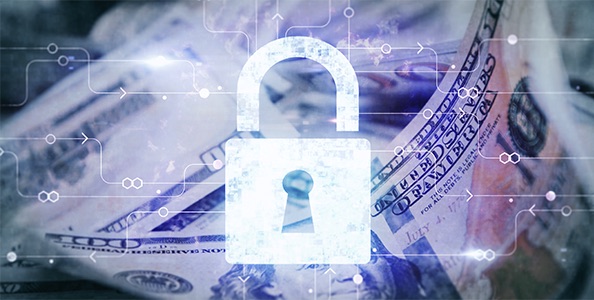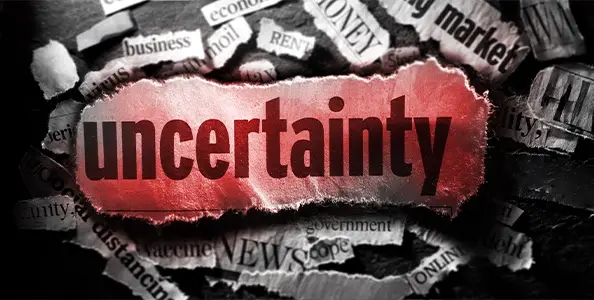- At over $35 trillion and growing, the national debt presents a clear and present danger to the United States
- An economic research report stated that the US is approaching a point where no amount of taxes or spending cuts can prevent a crisis
- Safe haven assets, like physical gold and silver, held in a Gold IRA can shield the value of your portfolio from the effects of massive national debt
National Debt, and Danger, Grow Unchecked
As the Presidential election heats up, there is one issue both parties would like to avoid – the national debt. Having reached astronomical heights, and growing, the debt presents a very real danger to the US economy. With a political system that may be structurally unable to prevent a crisis, Americans should prepare now before consequences hit.
By the Numbers
The US national debt currently sits at $35.26 trillion. That is around $104,000 per citizen. Meanwhile, US Federal tax revenue is at $5 trillion. This model obviously cannot be sustained for much longer. We’re growing the debt more than twice as fast as we’re growing the economy. To grasp the enormity of the debt, there is about $450 trillion combined in the world. Our debt accounts for 7% of all the money in existence. 1
The interest on the debt is already more than military spending. Over the next decade, interest is expected to double to $1.7 trillion. That is roughly the equivalent of adding another Medicare program. 2
 3
3
Prior to 2000, annual deficits were turning into surpluses. The national debt shrank over three years to around $5.6 trillion in 2000. Alan Greenspan went as far to say the debt could be paid off if current policies continued. We had a debt-to-GDP ratio of 55 percent. 4
Today, at $35 trillion, the debt-to-GDP ratio is 122% – and rising. Aggressive government spending is raising the debt $1 trillion every 100 days. For context, the debt-to-GDP ratio during World War 2 was 106% of GDP. 5
Future of the Debt
The University of Pennsylvania found both Trump and Harris proposals would increase the national debt. Trump’s would raise the national debt by 9.3%. Harris’ would add 4.4%. The debt would expand more under Trump because he would make his 2017 tax cuts permanent. He would also cut taxes on corporate income and Social Security benefits. Harris would let the cuts expire and raise taxes on businesses and high-income individuals. At the same time, those taxes would be offset by more government spending. 6
No matter who wins, the US is headed for $50 trillion in debt by 2034.
Systemic Failure on the Debt
Impediments to preventing a debt crisis may be built into the system. A study by Arnold Ventures states that the US budget process itself has broken. There has always been political brinkmanship, fighting until the very last possible minute. But now, instead of finding workable solutions, Congress simply signs off on raising the debt limit without accountability from either party. The Democrats get more spending, and the Republicans get more tax cuts. Both sticking the American people with the bill.
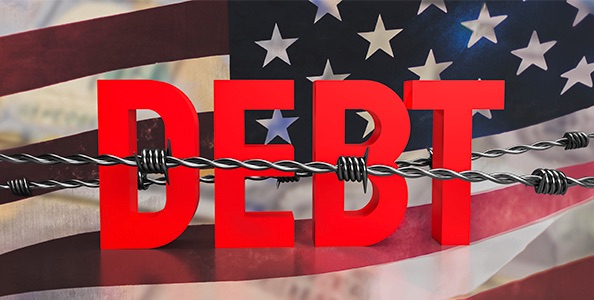
Vanishing Debt Safeguards
Some economists say the unique role of the US in the world economy protects it from the consequences of runaway debt. They call it ‘exorbitant privilege’. A study found the US can sustain debt around 22% of GDP. That’s because the dollar is the dominant currency for international trade and reserve currency. Other countries will continue buying US debt to avoid sinking their economies. In addition, the US gets significant leeway from seigniorage revenues – printing dollars for next to nothing, and then selling them to other nations for market value. 7
The de-dollarization movement could totally undermine this debt protection. China’s yuan or a new gold-back BRICS+ currency could rival the dollar. If US debt reaches extremely high levels, rival currencies may look like the safer choice. The US debt will become a greater liability when we can no longer ‘force’ other nations to finance our debt. Interest rates would skyrocket and send the country into a debt-doom spiral.
Economists Smetters and Gokhale concluded that if US debt held by the public exceeds 200 percent of GDP, no amount of tax hikes or spending cuts can prevent default. We’ll either have to say we will not pay back all our debt, or else inflate it away. Both of which would have massive negative consequences for American workers and consumers. They estimate that the US will reach this point in about 20 years.8
Solutions
To fix the problem, entitlements will need to be slashed, taxes will need to be raised, as will the retirement age. Paying off the debt will be a painful legacy passed to future generations.
Some economists are trying to find hopeful solutions. World Bank Group President David Malpass explained tackling the deficit will raise stocks prices, increase employment, and lift wages. To get past a broken Congress, he says begin spending cuts with “small popular one, and then another small one, and then a big popular one, and then a tough one. Build credibility.”9
Conclusion
Come January 25th, the debt ceiling will need to be lifted again. Whoever is President on that day is unlikely to take measures that reduce the national debt. Instead, we’ll hurtle closer to “most predictable crisis” – one that can ruin the country’s, and every American’s, financial future. That’s why protecting your portfolio now with safe haven assets like physical gold and silver is a good idea. A Gold IRA can safeguard your savings from the consequences of runaway national debt. Call us today at 800-462-0071 to learn how.

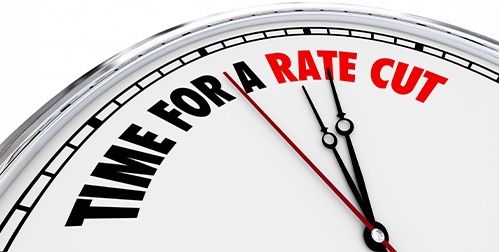

 3
3
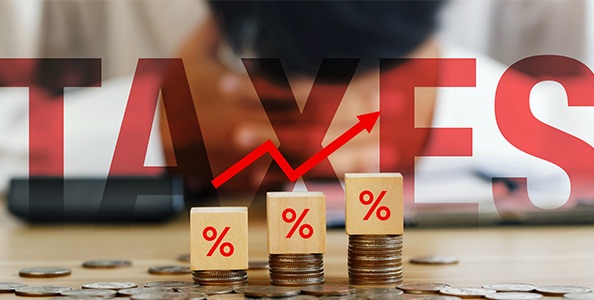

 2
2
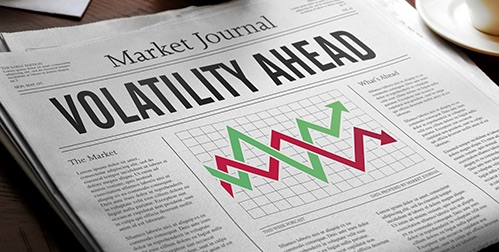


 5
5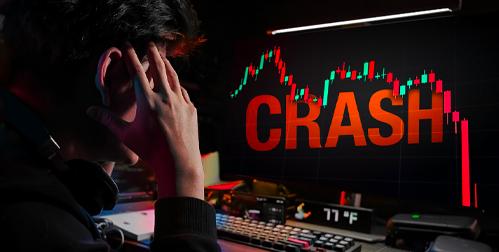

 3
3
